Most Americans will vote by paper ballots that are scanned by machines, as I wrote in a recent story about the
robustness of U.S. voting. Others might use touch-screens that generate paper records. That isn’t, of course, how voting was always done. If you, like me, remember when it was possible to vote in a curtained booth by a mechanical lever, you may be wondering where those machines went. They were introduced in the late 1800s to prevent corruption with paper ballots, only to eventually be phased out for federal elections a century later by the 2002 Help America Vote Act.
But why? I posed this question to Mark Lindeman, a policy and strategy director at the nonprofit Verified Voting. Here, in an excerpt from our conversation that didn’t make it into the main story, is what he says: “Lever machines have two major disadvantages. One is that they don't provide accessibility features at all. There's a non-trivial proportion of the public that has no prayer of casting their vote on a lever machine without assistance. That really amounts to someone voting on their behalf….The Help America Vote Act is very explicit about accessibility requirements. So if you're going to have lever machines, you need to have something else too. And that's not a very appealing setup.
And second—[
pauses]—I'm pausing because not everyone agrees about this, but: Lever voting machines don't provide individual voter-verifiable records of how people voted. So if a lever machine jams, if it malfunctions, if it has been tampered with, there's really no way to recover correct counts. So lever machines were widely believed to be highly reliable (and I really have no way of knowing), but there was no plan B.” --
Ben
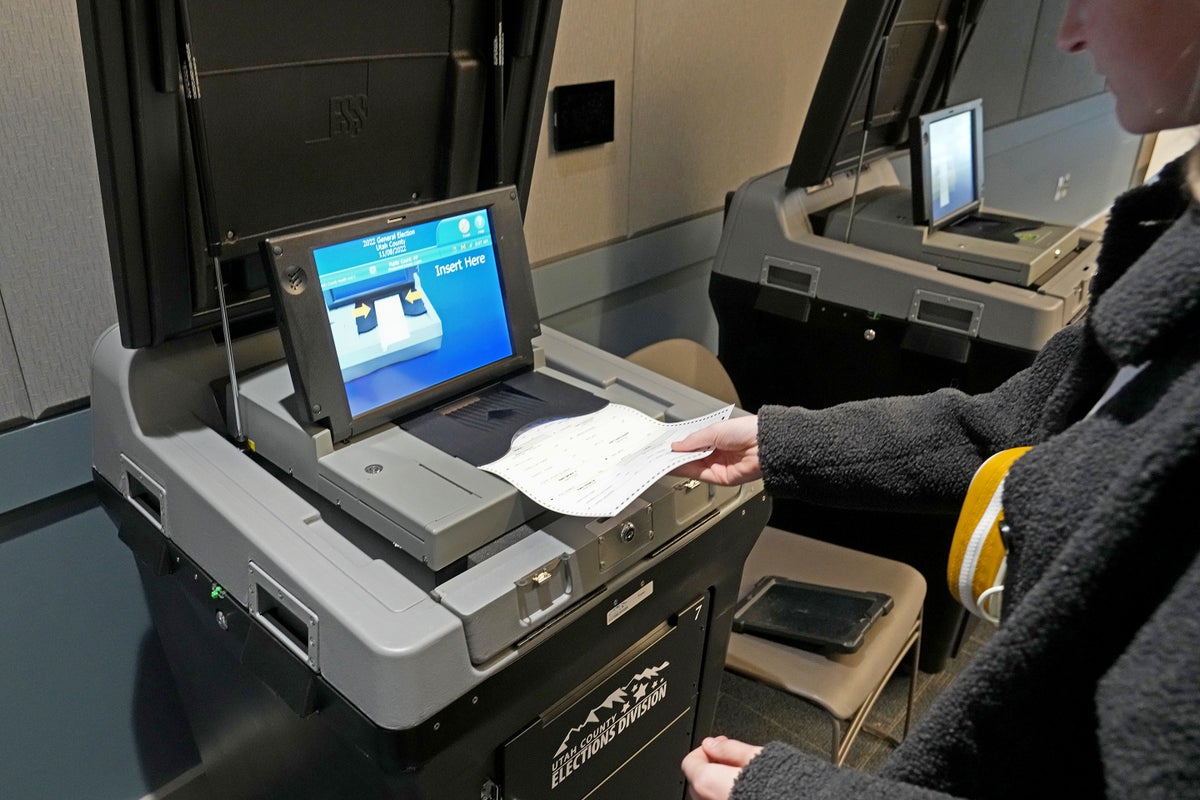
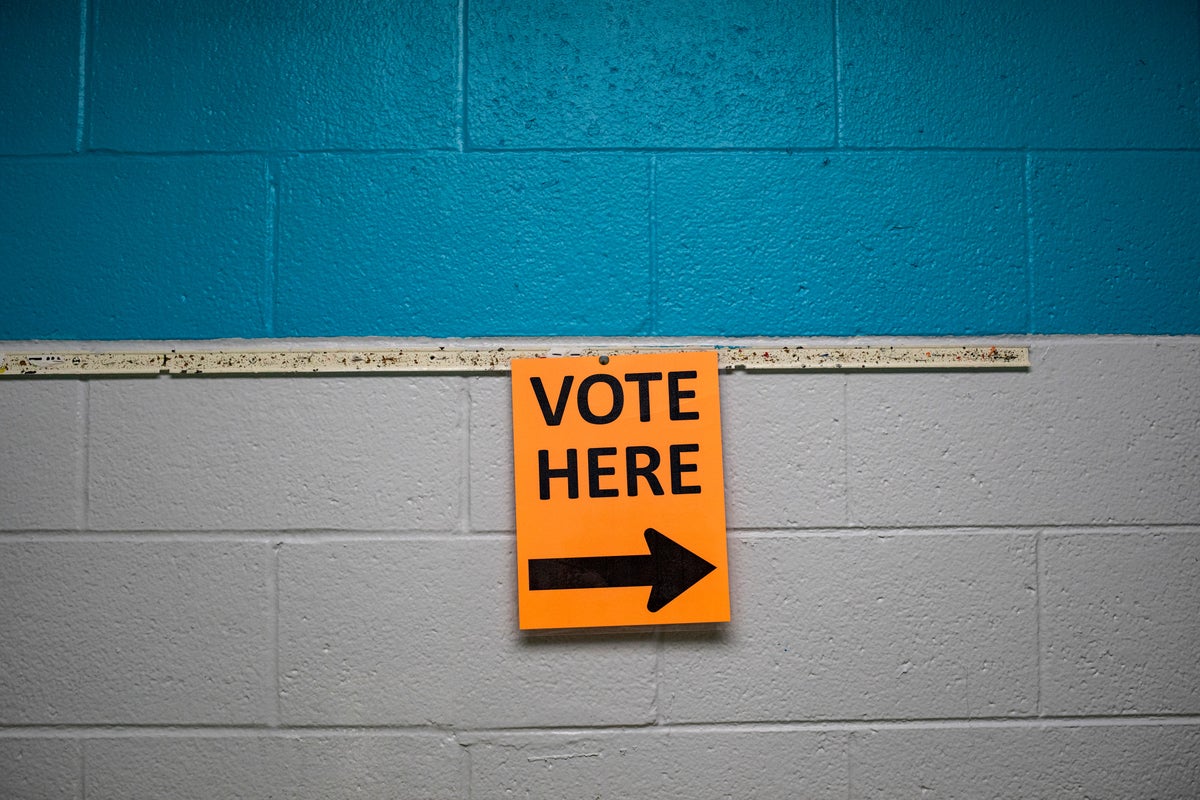
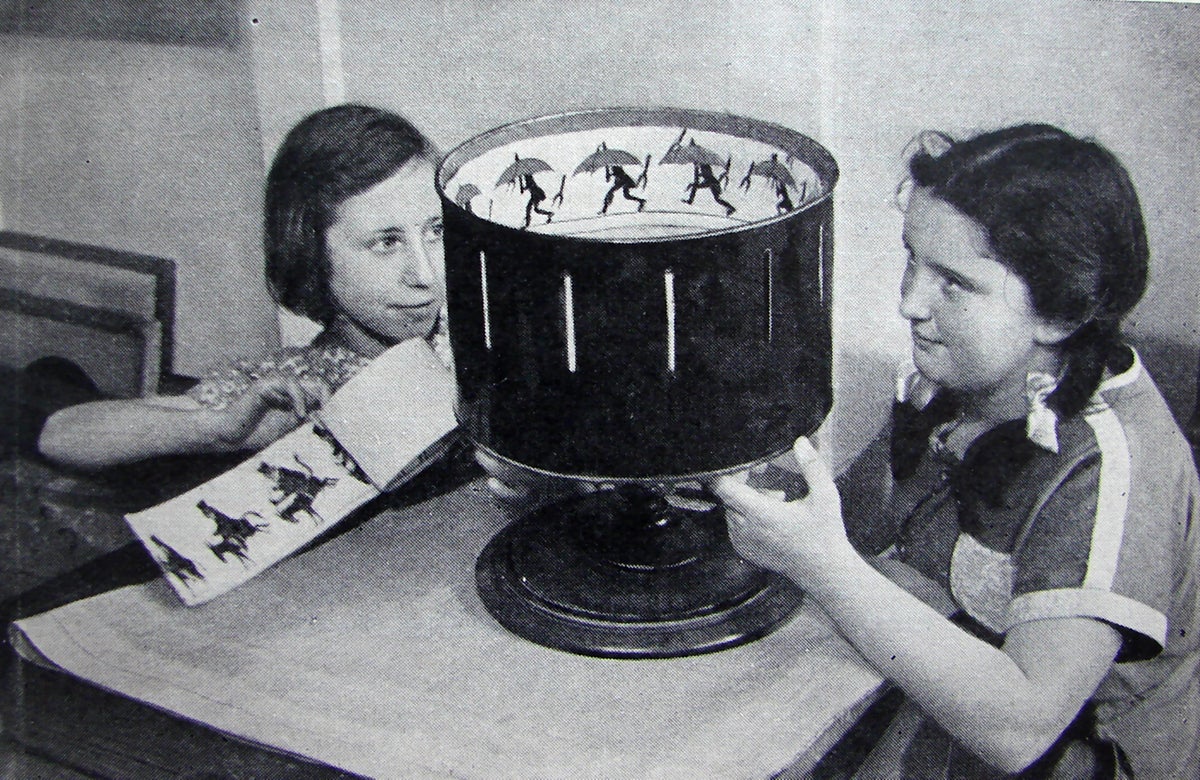


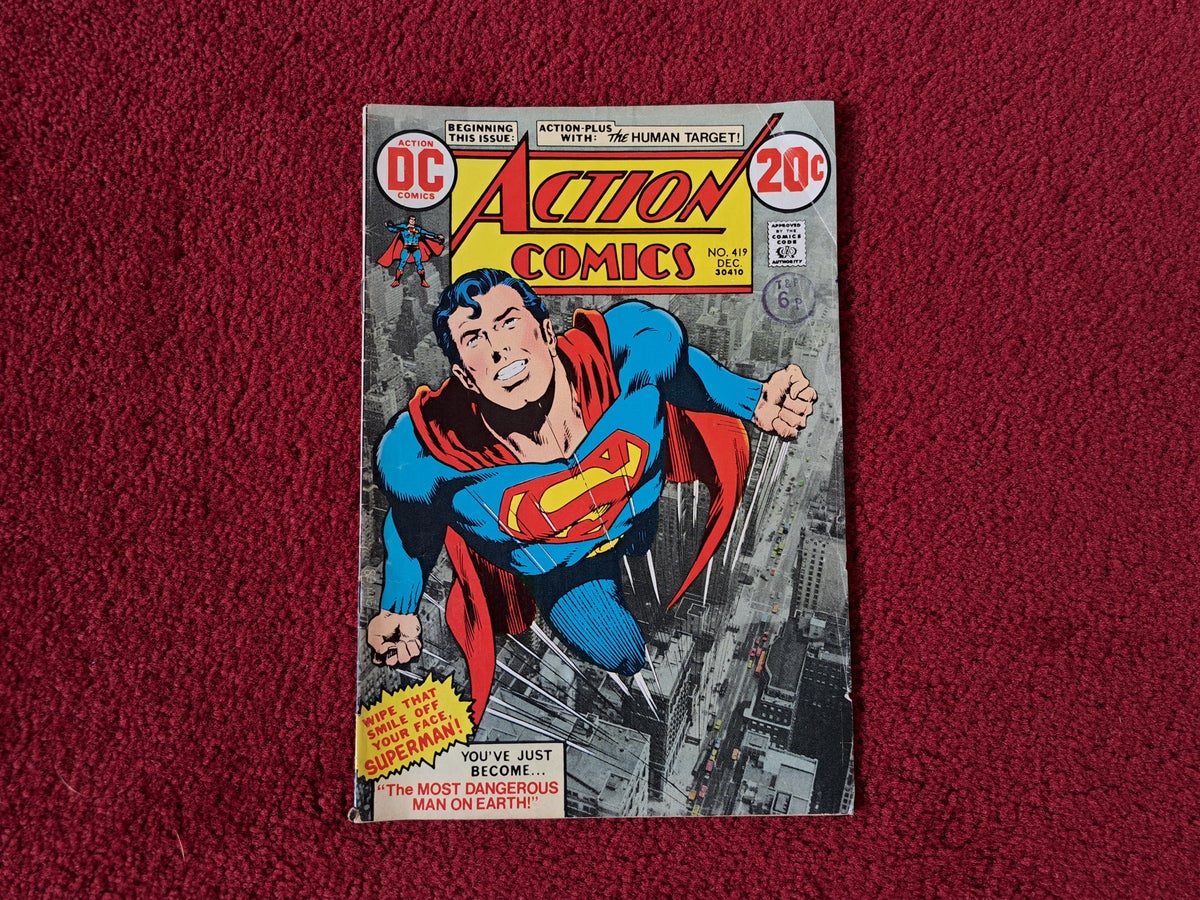
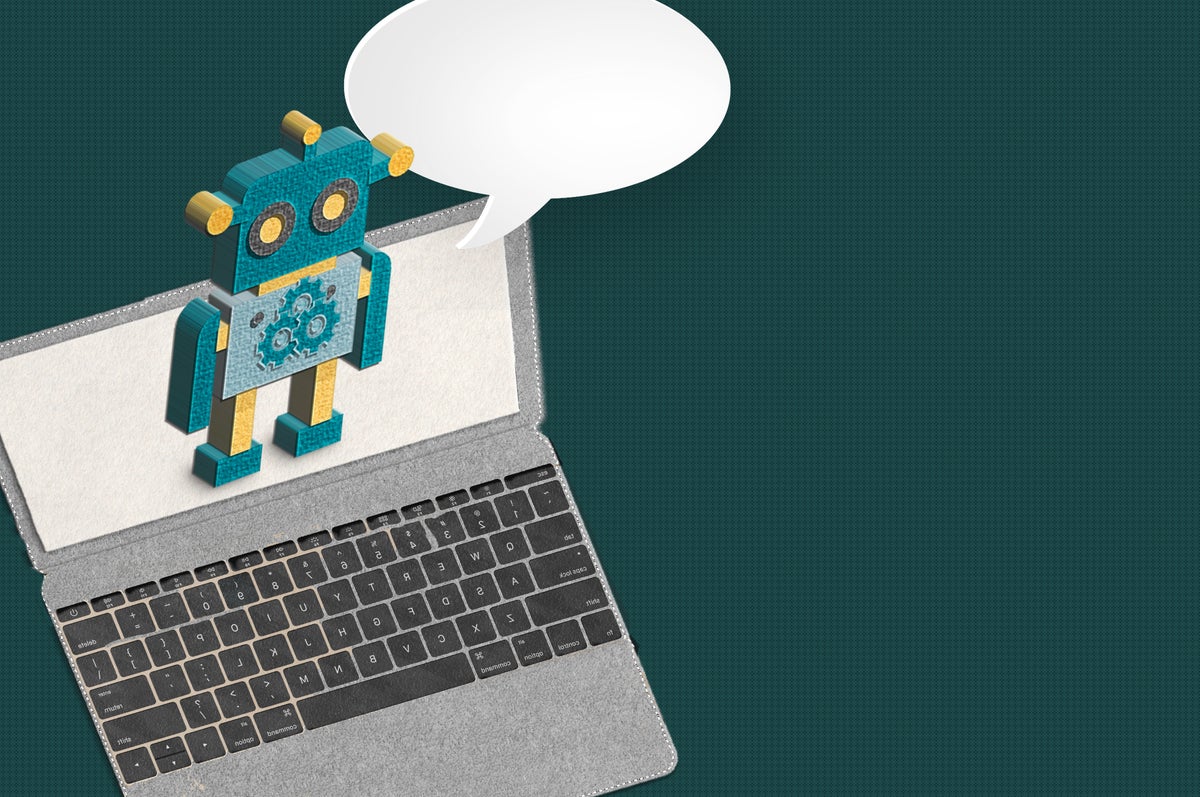

No comments:
Post a Comment
Welcome to "Hawaii Science Journal". Here you'll find the latest stories from science, technology, medicine, and the environment.